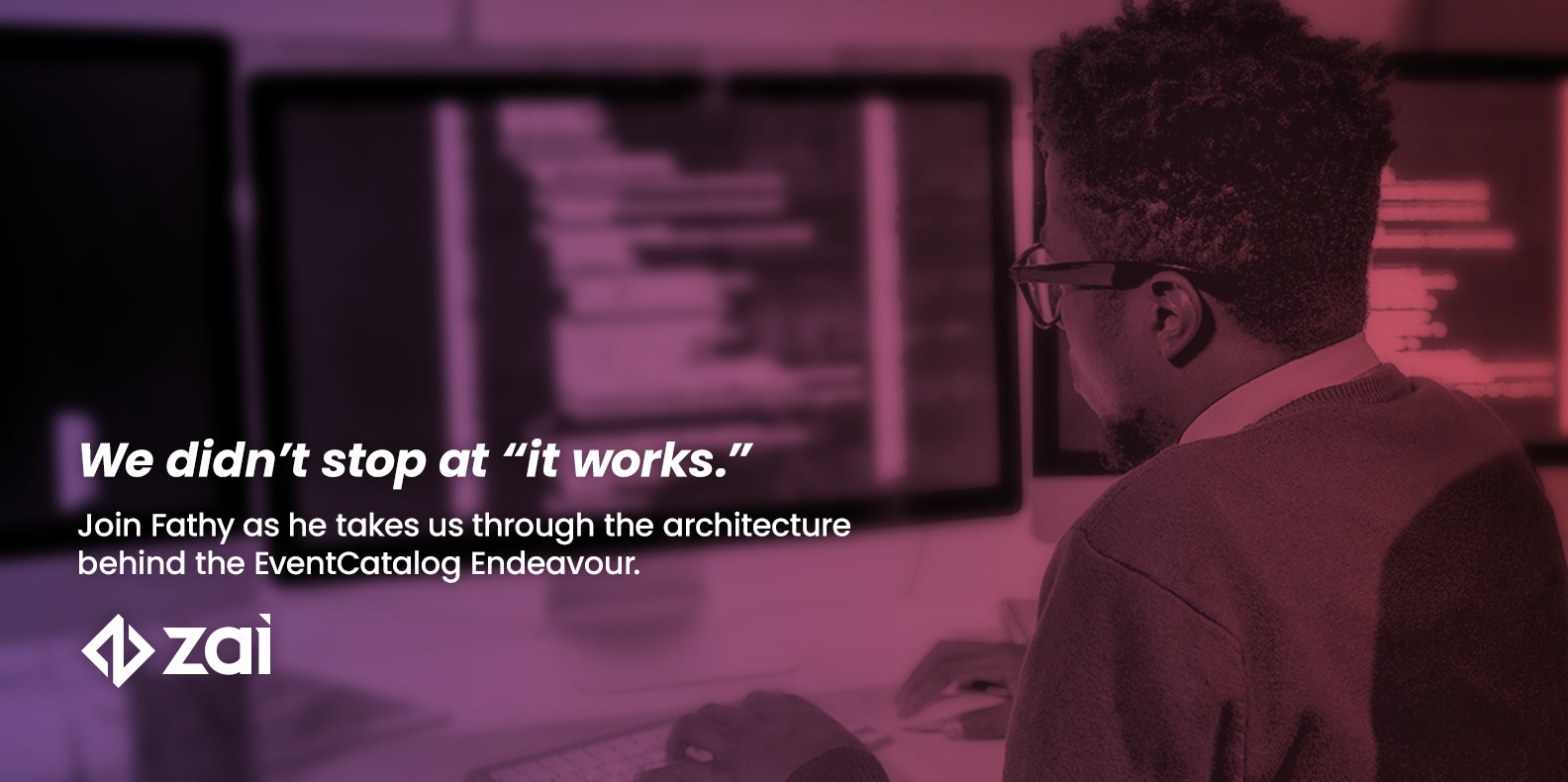Digital access is a threshold. With a working laptop, people can apply for jobs, enrol in courses, manage payments, and stay in touch with essential services. Without one, simple tasks become roadblocks. Glee Givers, a volunteer-led charity in Melbourne, is tackling this gap with a straightforward model that blends technical rigour, community partnerships, and a clear mission: get reliable refurbished laptops into the hands of people who need them most, then help them gain the skills to use them with confidence.
This is a story about a father–daughter team, a problem hiding in plain sight, and a charity built from first principles.
Founders with technical roots and a people-first focus
Glee Givers was co-founded in 2023 by Eric and Grace from Melbourne, Australia. Their backgrounds matter here as Eric worked in back-end development for major Australian firms and brings deep technical experience to the operational core. Grace is a robotics engineering student with a clear eye for systems and usability. Together, they channel those skills into a hands-on refurbishment workflow that restores donated tech, optimises it for reuse, and makes it accessible to people and organisations who need it most.
The origin was not a grand strategy but a practical response. As Grace explains, they had been looking for meaningful ways to volunteer. When a similar local charity closed after its CEO moved away, Eric asked to continue the work. They took over a small number of devices and a contact list, rebranded, set out the mission, and built Glee Givers from the ground up.
“Fixing the computers was the easiest part,” Grace says. “Starting a charity from scratch. There’s no real guidebook on how to do that.” What followed was a sequence that will be familiar to anyone who has built something from zero: a name, a logo, colours, a domain, and the slow job of earning trust from donors and community partners.
Mission, scope, and why focus matters
Glee Givers operates on a simple premise. There are working laptops being retired every day. There are people across Victoria who cannot afford devices but face digital-only processes in education, work, and social support. The job is to link the two with a reliable, ethical process and measurable outcomes.
The charity’s operating model has three key pillars:
Sourcing
Build a steady pipeline of surplus devices from businesses and individuals who value reuse and want a low-friction donation path.
Refurbishment
Apply a rigorous, repeatable process that includes secure data wiping, required repairs or upgrades, a clean operating system, and reliability testing.
Targeted distribution
Work through trusted partner organisations that already support people facing hardship, so each device reaches someone with a verified need.
Glee Givers prioritises recipients who cannot otherwise bridge the gap. “We make sure that we work with other charities that have vetted the people that receive them,” Grace says, “and they are people who are extremely deserving of these devices.” This focus is not about gatekeeping. It is about impact density. Devices go where they can remove the most friction from everyday life.
A model designed for trust and efficiency
Trust is the practical currency of device donation. Donors need assurance that their hardware will be wiped securely and used well. Recipients need a machine they can rely on. Partners need a predictable process so they can plan support around the devices.
Glee Givers’ approach addresses each point:
Security and Privacy
Devices are securely erased before reuse. Donors who remove asset tags and share known issues help streamline processing.
Quality Control
Each laptop is inspected, repaired where needed, loaded with a clean operating system, and tested for reliability, battery health, and performance under basic workloads.
Predictable logistics
Devices are distributed in batches through partner organisations, with simple documentation and ready-to-use configurations to reduce setup time at the point of handover.
Technical diligence shows up in the small things. “It sounds silly, but it’s the keyboards because they’re so easy to crack,” Grace notes. “When you take the keyboard off and you put it back on, it’s really easy to snap.” That attention to detail is one reason recipients get laptops that last.
What impact looks like
Because devices are distributed through partners, Glee Givers rarely meet recipients. Privacy is respected, and the system depends on trusted intermediaries. Even so, stories travel back.
One partner in Melbourne, which helps set up homes for recently arrived refugees with essentials like fridges, washing machines and couches, shared a message after a distribution. A family had just arrived in Australia, including an elderly mother, two adult daughters and two adult sons. None spoke English yet. While they were choosing items for their new home, one of the daughters used a translation app to explain why the laptop mattered to her.
“In our country, we can’t go to school. We’re not allowed to go to school. We can’t work. We can’t drive. And I want to do these things in Australia, and I’m really excited to learn English.”
The plan was to start learning English with the laptop. It is a simple intent with far-reaching effects. For the founders, the message went to the heart of their purpose. As Grace put it, “We’re so privileged in growing up in a country where we do speak the language already.” A working laptop is more than a machine. It is a route to participation.
Building momentum the slow way
In the first year, the challenge was not refurbishment. It was legitimacy. Donors had to find them and feel confident handing over devices. Partners had to trust that each machine would work out of the box. For months, progress was measured in small wins. Fewer gaps in supply. Shorter wait lists. A smoother intake process.
“For the first 18 months, it was still an idea and we still didn’t know whether it would work long term,” Grace says. A turning point came with a modest conference stand. A banner, T-shirts, and business cards. Showing up mattered. It signalled that the project had staying power and invited new partners into the fold.
Supply still ebbs and flows, as it does for most refurbishment projects. The difference now is predictability. More donors arrive through word of mouth or search, and partner relationships provide steady demand without overreach.
Why this work matters, and how it fits
Digital exclusion is often invisible to those who have never experienced it. “For 90% of us, especially in developed countries, we really take technology for granted,” Grace says. If you have a laptop and a phone, you do not think about access. If you need to apply for a job, send an email to a school, or check a bank balance, you can do it in minutes. Without a device, each of those basic tasks becomes a barrier that requires help from someone else.
Glee Givers does not pretend that laptops are the most urgent need facing communities. As Grace points out, there are capable organisations focused on food, housing and crisis response. The role here is different. It is to fill a specific gap with precision and care, so that people who are ready to take the next step have the tool to do so.
What partners and donors can expect
If you are a partner organisation:
- Devices arrive wiped, tested and ready to use with a clean operating system and essentials pre-installed.
- Batch documentation keeps intake simple.
If you are a donor:
- Secure erasure protects data and reduces risk.
- Sharing the device model, condition, and any faults speeds refurbishment.
- Removing asset tags and including chargers improves first-pass yield and reduces e-waste.
The principle is straightforward. Make it easy for people to do the right thing, then do the technical work properly.
The value of doing one thing well
The Glee Givers' story is not about flash. It is about a defined mission, good engineering practice and the patience to build trust. A father and daughter saw a practical way to help, then did the work to make it reliable. A single laptop does not solve everything. It can, however, unlock the next decision, the next application, the next class. That is enough reason to keep going.
Recently, Zai partnered with Glee Givers by donating unused hardware, ensuring our surplus technology could directly benefit those who need it most. We encourage others to consider supporting Glee Givers; your contribution can make a real difference.
To connect with Grace and the team or to arrange a donation, visit: https://gleegivers.au/donate
About the Author

Kesia Aldree Nabio
Marketing Coordinator
A marketing coordinator at Zai, where she drives engagement by blending analytical thinking with strategic creativity across social media, content, and campaigns. Outside of work, she’s a film and documentary enthusiast who loves exploring fresh perspectives.

